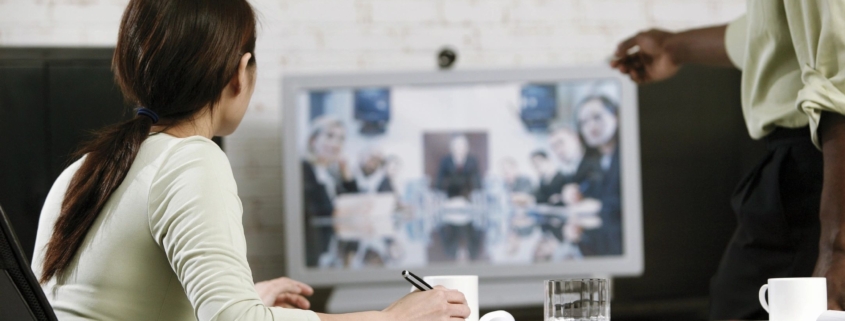
We are pleased to announce that we have funded nine CMB media projects. What follows is a brief summary in which I try to capture the interest in and range of new technologies being used to enhance online teaching and collaborations as well as thoughts about representation and human flourishing.
New Technologies for Online Teaching/Collaborations
Greg Downey is planning to incorporate the new techniques he adapted for his Human Evolution and Diversity online course last Spring in order to make neuroanthropology material more widely accessible. This ties in with Greg and Daniel Lende’s recent relaunch of neuroanthropoloogy.net. Shinobu Kitayama will be working online with junior scholars and graduates students interested in culture via weekly virtual lab meetings and daily Slack-based discussions that could help (1) “clarify socio-cultural factors that contribute to the pandemic”; (2) distinguish between different forms of interdependence; and (3) test “the possibility that engagement with culture can have consequences on the brain’s structural properties.” Hakwan Lau plans to use the funds on “ further development of materials and an interactive component for his groundbreaking online course on the neuroscience of consciousness, including a new module “on the relationship between consciousness in individuals and socio-cultural awareness.” Chikako Ozawa-de Silva is using her honorarium to hire one or two graduate students to help “plan and mount my Canvas courses . . . and to navigate the online courses with the effective use of these apps [Canvas, Voice Thread, Studio] during the semester.” Jeff Snodgrass is “moving my virtual worlds seminar online this coming fall 2020 semester. This is new for me, and will entail developing new course materials, some of which I could see making publicly available. In the course, students learn to conduct research in virtual worlds, some choosing individual projects, others collaborating with me and my grad students.” Dietz Stout is developing his online Introduction to Archaeology course, and “possibly also a course entitled the Evolution, Brain, and Mind for the spring. For the Archaeology course, I am currently working to develop online activities (e.g. virtual dig, archaeological survey planning exercise, projects drawing on digital resources from the Society of Black Archaeologists) as well as some original video content (e.g., on the archaeology of mind) that may be more directly relevant to network members.” Dietz is also interested in taking more aspects of his research online.
Representation and Human Flourishing
In addition to developing the website and an “anthrosplainer” podcast, Daniel is collaborating with students to document “anthropology in the everyday” on Instagram, Daniel writes that,
Taking photos for Anthro in the Everyday has really pushed me to both develop and critically analyze my own “anthropological gaze” through visual media. How can we see anthropology in a photo? And what sort of anthropology is it that I am actually representing? And how can the words and image of Instagram work together?
Tanya Luhrmann, who is using her honorarium for teaching online (best practices) and teaching online about race and culture, specifically, voiced similar concerns about representation:
It’s hard to teach about culture these days as white professors. Some students treat culture itself as a racist concept, and anthropology as a racist enterprise. They are willing to say that a white professor talking about indigenous people is uncomfortable at best. Dealing with these sensitivities when you cannot see a student’s face is hard. And of course, in a class like Culture and Madness the students often bring their own experiences, and experiences from their family, into the classroom. . . . I’d love to learn more about short clips illustrating hallucinations, psychosis, depression, trauma, PTSD, and I would love to learn more about ways in which people teach about race and culture. I would love to learn more about non-white scholars who write about voices, mental illness, and culture.
Tawni Tidwell is using her honorarium to support the development of a biocultural anthropology component for an interdisciplinary online course (The Art and Science of Human Flourishing). According to Tawni, “this year will be the first time the course launches completely online and the first year in which it will include a majority people of color student body.” Tawni is adding a weekly lecture “with supporting multi-media learning materials focused on developing course content, accessibility, and applicability around perspectives of race, gender, and cross-cultural perspectives” (e.g., Camtasia studio software, Yeti Blueor Samson Meteor Mic USB Studio Condenser Microphone, external video camera for synchronized slides, video, and multimedia content). “I will lead two sections of virtually hosted discussion sections where students will engage in contemplative exercises, group discussion, and digging deeper into course themes and material.”

